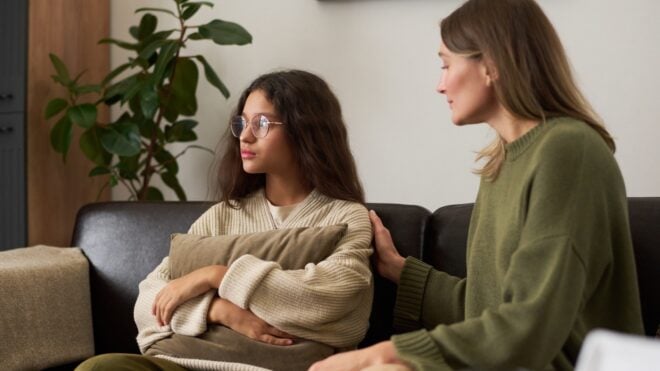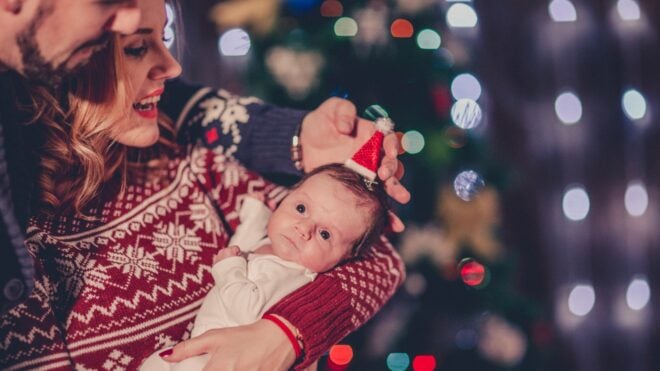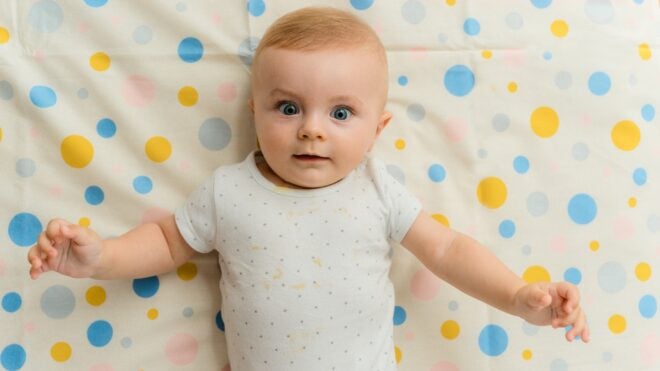The Egyptians (3500 – 2500 B.C.)
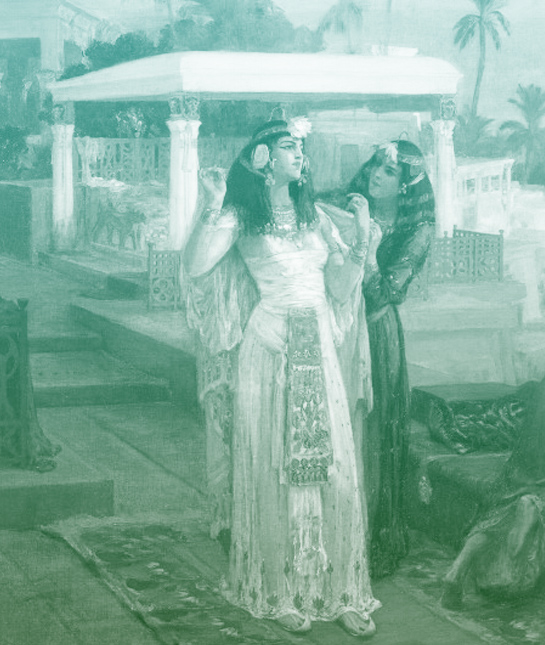
Makeup was a mainstay of Egyptian culture where everyone (including men and children) donned thick black and green powder around the eyes. Makeup was believed to have magical powers and protect against illnesses, especially eye infections like conjunctivitis. And even though the makeup contained lead salts, researchers believe that the salts actually boosted Egyptians' immunity by increasing the body's production of nitricoxide, according to National Geographic.
Ancient Greeks (800 – 500 B.C.)
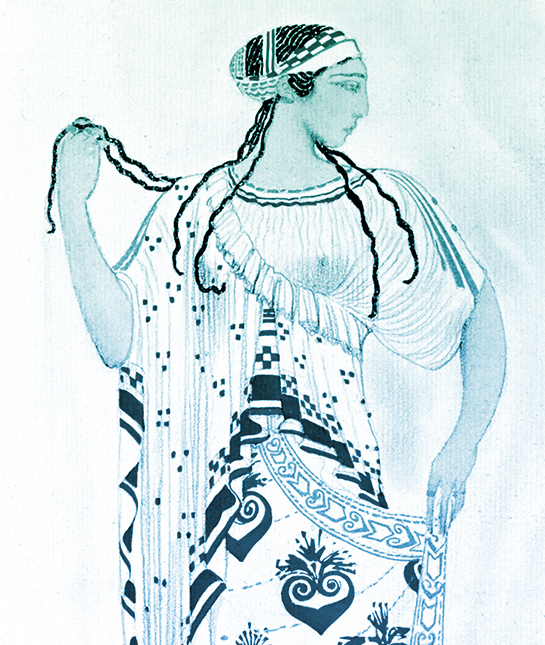
While the thought of having a unibrow may mortify most womenof the 21st century, Ancient Greece considered it to be a symbol of intelligence and beauty. In fact, if the eyebrows didn't naturally migrate toward the center of the face, women would close the gap using kohl (an ancient cosmetic made by grinding stibnite—a sulfide mineral) or lampblack (a black pigment made from soot).
Medieval Times (500 – 1500 A.D.)
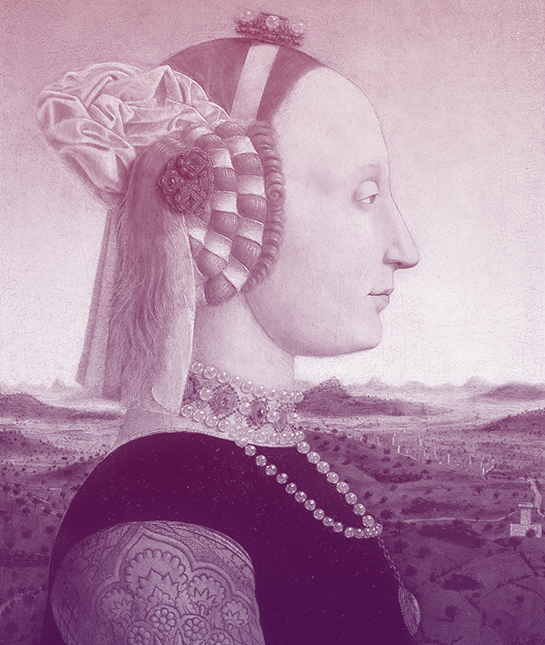
Fast-forward to the 13th century in the midst of Medieval times and the eyebrows were practically non-existent so as to make the forehead appear as high as possible. If removing the eyebrows didn't do the trick, women would pluck hair from their hairlines to create more space. This was frowned upon by the church and considered a mortal sin unless it was done "so as not to be looked down on by her husband."
The Renaissance (1300 - 1700)

The cultural revolution sparked by the Renaissance also brought about a shift in beauty norms. The ideal look was a voluptuous body with long, thick hair of a soft yellow turning brown. Since having a light complexion was also a desirable trait, facials were common practice. Of course, the obvious difference between a Renaissance facial compared to a modern version was the use of white lead and mercury powders.
The Victorian Era (1837 – 1901)
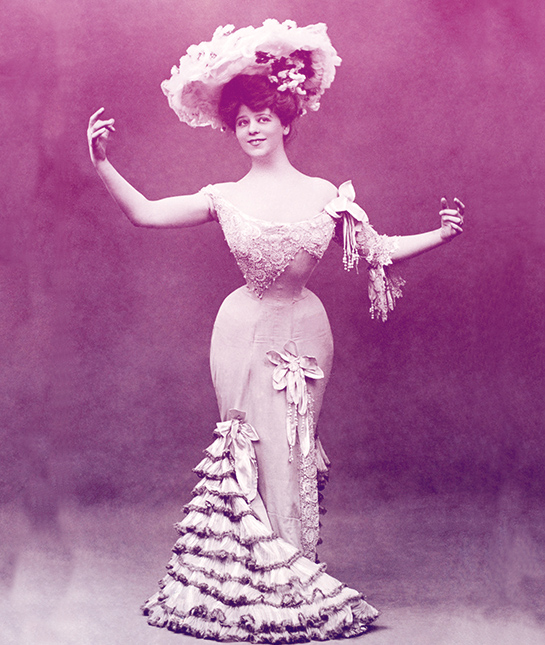
The dawn of the Victorian era saw the advent of the corset, and with it, an obsession over big busts, big hips and miniscule waists. According to historians' estimates, corsets reduced women's lung capacity by 20 percent and displaced internal organs either above or below the midsection. "The Gibson Girl" (after creations by magazine illustrator Charles Gibson) became the popular look to aspire to in the early 1900s, which consisted of a "figure eight" body and hair piled into a bouffant or pompadour up-do. And when it came to makeup, the less you wore, the more modest (and virtuous) you were considered.
What's Your Age? Sponsored by COVERGIRL
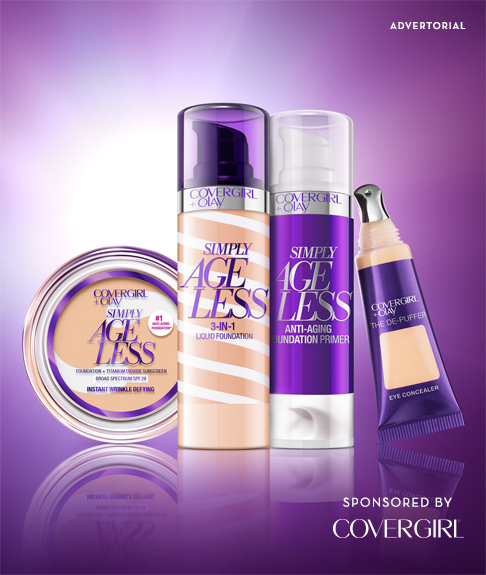
That question used to haunt our mothers but not us! Looking and acting your age is no longer determined by what the calendar says or how many birthdays you've had, it's determined by how you look and feel and the attitude you carry. Thankfully, COVERGIRL + Olay's Simply Ageless Collection perfectly aligns with our lifestyle allowing us to look our best by quickly priming, smoothing and de-puffing for us so we can focus our energy on the day and week at hand. Start with the lightweight primer so it will prep your skin for flawless foundation application that also firms while it covers. Top it off with the COVERGIRL + Olay De-Puffer that hides dark circles with a cooling metal tip and reduces any tiredness you may have. What's your age? They'll never believe you even if you told them the truth. Learn more at COVERGIRL.
The Roaring '20s
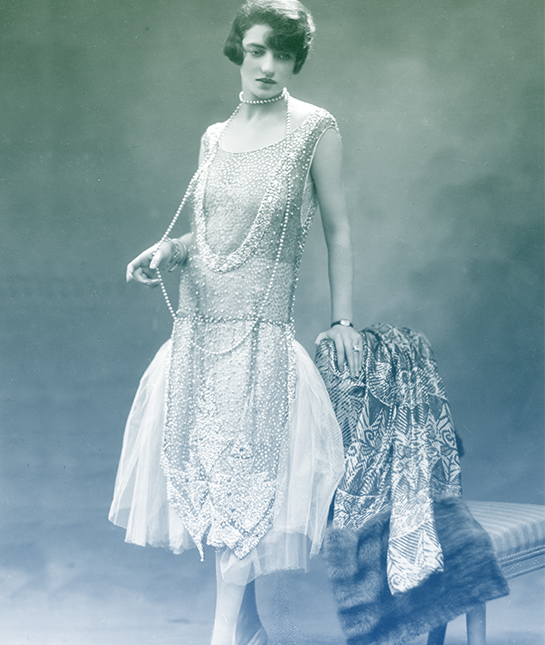
Goodbye, corsets; hello, rising hemlines. The 1920s were a liberating time for beauty and fashion as women preferred non-constricting garments and packed on the makeup, especially around the eyes. With the innovation of "compact makeup," women were delighted they could take their rouge and lipstick "to go." The most popular lip shape of the time was the "cupid's bow," in which lipstick was applied above the upper lip in the shape of a bow and exaggerated on the lower lip.
The 1950s
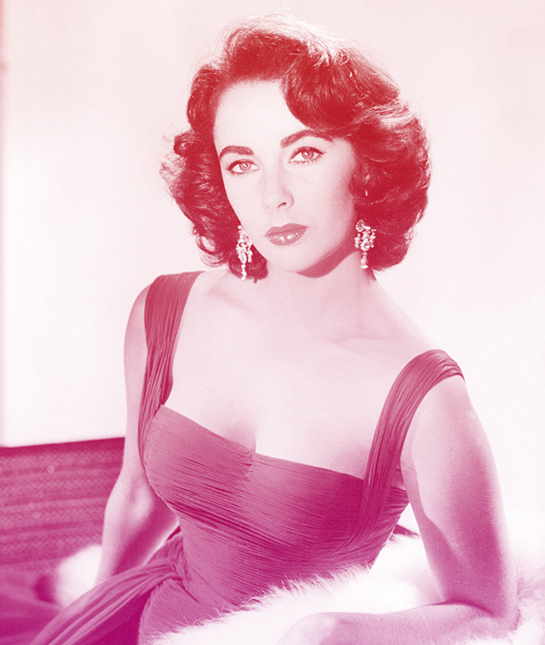
In a word, "impeccable" was the standard for 1950s beauty (nevermind all the chores that needed to be done, lipstick came first!). This post-war era allowed women to splurge more on makeup than they had the previous decade, especially as more makeup options became available to them. A typical makeup routine began with foundation cream—a newcomer to women's makeup bags—followed by a peachy powder, a generous application of mascara, rosy or pastel rouge and a pink or orange-red lipstick.
The 1960s
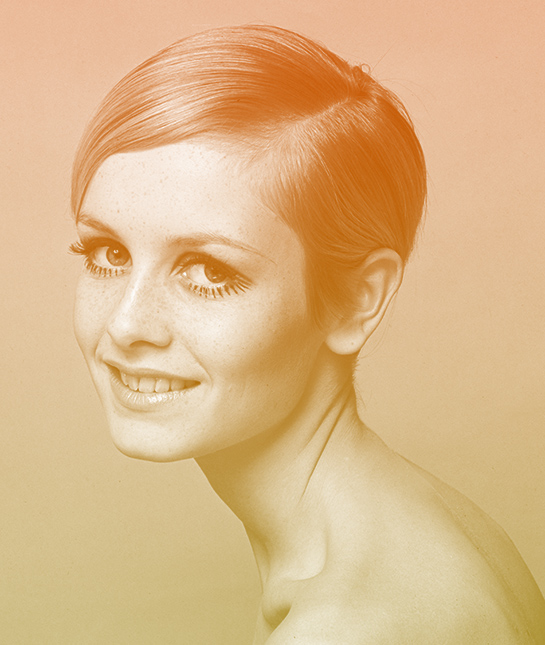
The beauty theme of the 1960s was all about length, most notably with the eyelashes. Inspired by the iconic '60s model Twiggy, who became known as the epitome of the London mod look, women applied false eyelashes to both the tops and bottoms of the eyes and white eyeliner in the inner corners to make the eyes appear as wide as possible.
The 1970s
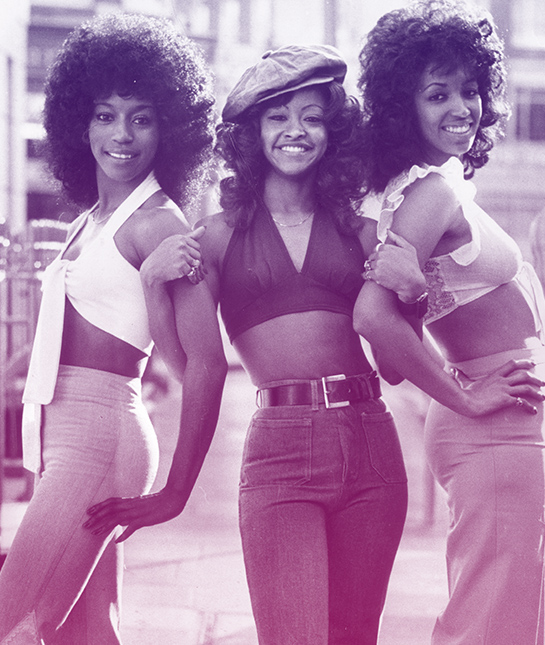
Along with a backlash against societal norms, the '70s brought about liberation from beauty standards as well. African-American women in particular steered away from smooth, controlled hairstyles that were associated with Caucasian beauty and embraced the au naturel Afro. And with the advent of the feminist movement in the early 1970s, women also shied away from applying makeup (along with shaving). Meanwhile, makeup for men became a short-lived trend in the mid-1970s made popular by rockers David Bowie and Alice Cooper (who had his own cosmetics line called Whiplash), according to "Fashion Fads Through American History."
The 1980s
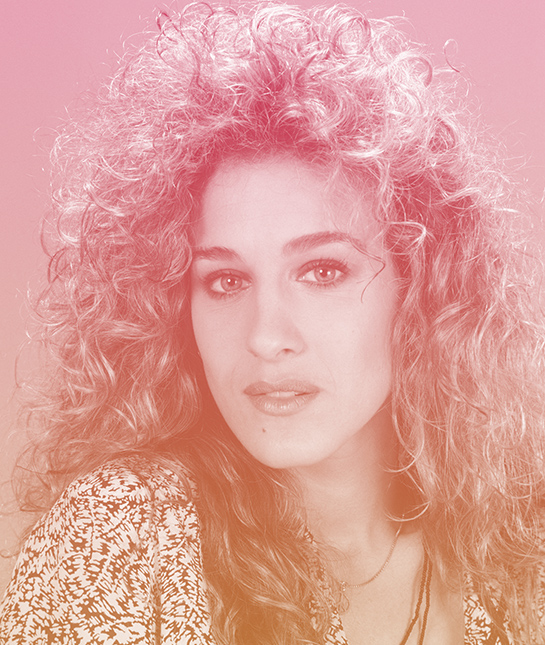
If there was one beauty product you wouldn't be without during the 1980s , it was hairspray. Whether permed, crimped or piled into a scrunchie-wrapped ponytail, teased hair was always in style—the bigger, the better. Eyebrows were also much fuller and more filled in than they had been in decades past, as most famously demonstrated by Brooke Shields. And as for makeup, a sculpted cheekbone and orange-hued eyelids and lips were all the rage.
The 1990s
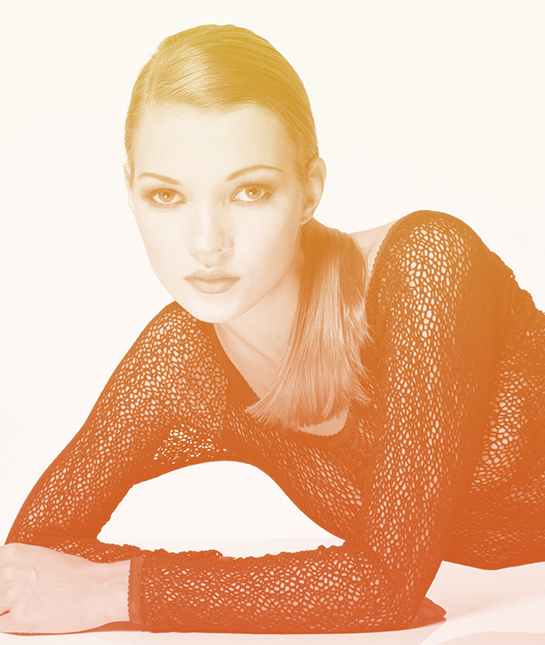
Beauty standards of the '90s typically fell into two categories: The curvy "Glamazon" model that retained some of the hair and makeup trends of the '80s (think Cindy Crawford or Kelly Kapowski from "Saved By the Bell") or the edgy, grunge-rock look (often referred to as "heroin chic"). The latter—which is perhaps most remembered from Kate Moss's Calvin Klein ads in the early '90s—played up pale skin, smudged black eyeliner, stringy hair and a rail-thin physique.
The 21st Century
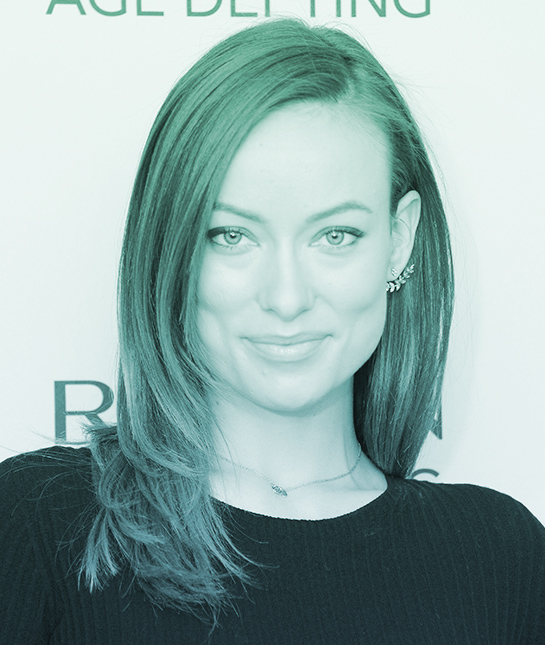
Rather than acquiesce to the latest fad, beauty standards today are consistently being re-evaluated and challenged. At times, we see the re-emergence of past trends, such as fuller eyebrows in recent decades, thanks to model Cara Delevingne, or more voluptuous body types like Kim Kardashian replacing waif models on magazine covers. At other times, there's the rejection of beauty standards alltogether ("makeup-free" selfies, anyone?). To us, the current beauty standard seems to be "to each her own." So whether you want to sport red lipstick or wear nothing but Chapstick, opt for whatever trend makes you feel at your best, and wear with confidence.

